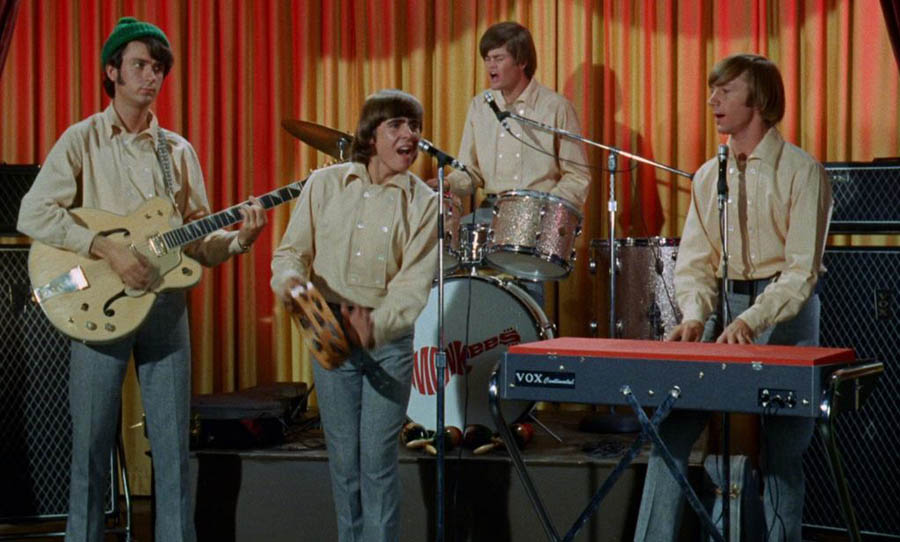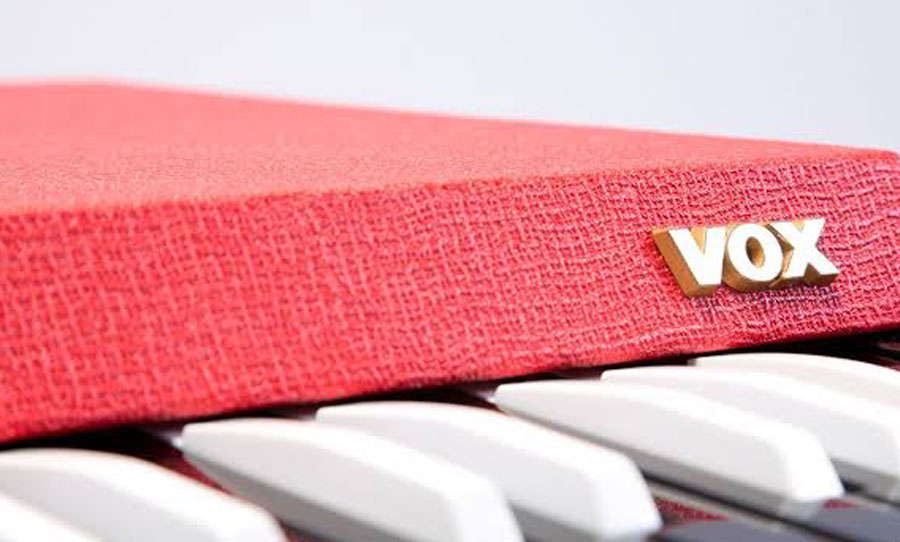You didn’t have to be there to indulge in the technicolour dreamscape of the hippie generation: the sounds live on. The VOX Continental played its own role in creating these other-worldly reveries, colouring the pop and rock hits of the ’60s and ’70s with its unique tones.
The “Connie” was nimble enough to grace the stage with acts that spanned genres, creating some of the more memorable musical motifs of the period. Such is the hunger for this organ’s sound, that it has gained a new lease of life, both in the hardware and software worlds. 
The VOX Continental had a short but incredibly influential life. For the flower children who lived the experience and the people who just like the music, the Connie sound lives on.
Born to Rock
Around the time of the Continental’s release, VOX was going through quite a purple patch. The AC30 had recently emerged and was carrying the sounds of the British Invasion all the way across the Atlantic. The Wah pedal was still a few years off, but that would eventually be a device that would become central to the sound of rock and funk.
VOX read the trends of the industry. Rock bands were climbing in status, touring the world and even appearing on that new-fangled television device. VOX was fighting for a strangle-hold on the stage and therefore needed to create a viable option for keyboardists. It was the Connie’s time to shine.
Key to the organ’s uptake in the early days was the practical concern of size and weight – the Continental was a pioneer in that regard. Hitherto, keyboard players had to lug around much heavier rigs (god help you if you had to transport a Hammond B3 with a Leslie cabinet), so the comparatively lightweight “combo organ” model from VOX was a godsend for touring artists and small stages.
Getting Technical
When reading the spec sheet for the Connie, you might be forgiven for thinking, “Is this it?” 4 octaves is not exactly minuscule, but not expansive either, a fixed single-speed vibrato, with no sustain or bass pedals. The modest selection of drawbars was capable of producing reed and flute tones, but there weren’t a huge amount of sonic options to draw upon.
The instrument took advantage of transistor technology to create sounds. Before the advent of transistor organs in the 1950s, electric organs were powered by vacuum tubes. This meant they were too bulky and fragile for life on the road. Transistors were comparatively tiny and light and with the rise of rock bands, people could finally use their organ skills to look cool.
The Continental earned an upgrade in 1967 with the dual-manual version. The sophistication of the models increased until it culminated with the Continental Baroque model. It offered up a much broader pallet of sounds than its ancestors, such as harpsichord, banjo, piano, cimbalom, vibraphone and more with lower row and bass octave drawbars. In its ten year existence in production, it sure came a long way.
Multiple Personalities
For an instrument which wasn’t gifted with amazing specs, the number of hits that it appeared in was astonishing. Its tone is somehow redolent of the ’60s, but somehow, it manages to cut across genres with ease, without losing impact.
Note The Animals version of House of the Rising Sun. In this song, it has a foreboding, ominous and even menacing character as it creeps through the arpeggios and explodes into a soaring solo. Yet it also plays just as relevant role in I’m a Believer by The Monkees, the saccharine pop hit that couldn’t be more harmless if it tried.
In Van Morrison‘s Brown Eyed Girl, the Connie goes gospel, with padded chords adding bright and rich harmonic overtones to the immortal “Sha, la, la” refrain. The Continental took its most famous turn in the unforgettable intro to The Doors’ Light My Fire. In the virtuosic hands of Ray Manzarek, the instrument is front and centre, stretched to its full capacity and without doubt the driving force of this epic ’60s jam.
Back to the Future
The thirst for these unique tone has been sated by the release of a new hardware version under the KORG banner. It has the same dashing red colour of the original and as you might imagine, a much deeper feature set, including the ability to save scenes and dial in three different organ sounds, plus an electronic piano sound at the press of a button.
In the software world, the VOX Continental lives on inside the much-loved V Collection suite from Arturia. This the Connie at its most flexible, with tweakable processing parameters and ability to insert effects, bass pedals and more.
The classic rock world of the ’60s and ’70s is suffused with tales of guitar glory. In this period, however, the VOX Continental cut through the mix with a sound that’s instantly recognisable and forever connected to the hippie generation.


